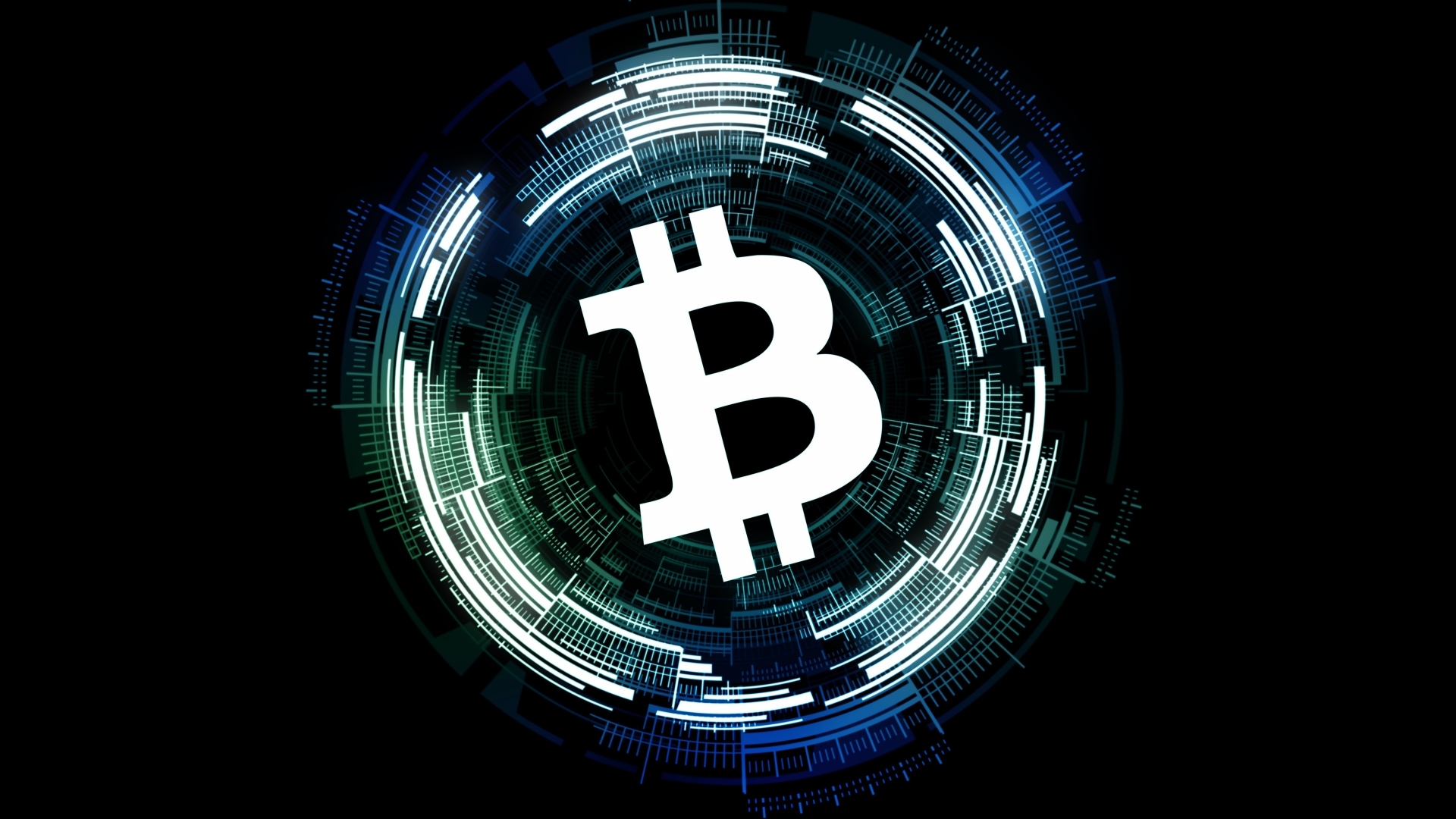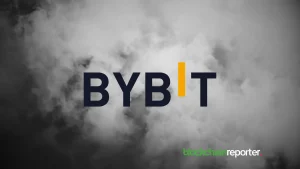
A study on Bitcoin adoption by the institutional cryptocurrency exchange AAX has found that awareness of the world’s most popular digital token is growing rapidly in emerging markets such as the Middle East and Southeast Asia.
Some of the reasons for Bitcoin’s rapid adoption include its ability to lower transaction costs while boosting financial inclusion, the report found. That has prompted consumers in both areas to explore use cases for Bitcoin that go beyond speculative investments, as is common in the west.
One of the key findings of the study, which was carried out by Forrester on behalf of AAX, is that Middle Eastern and Southeast Asian consumers are increasingly using Bitcoin for “money management”. In particular, consumers in both regions see the value of Bitcoin as a mechanism for saving money, investing for longer-term gains, and also as a hedge against the risk of their other investments.
Money Management Matters
That said, the most popular use cases for Bitcoin differed between Middle East and Southeast Asian consumers. In the Middle East, 45% of Bitcoin adopters said their main motivation was to preserve the value of their savings. That was followed by 42% who said they see Bitcoin as a good investment with potential to make gains, and 41% who use it as a hedge.
The Middle East was also the region with the highest number of Bitcoin adopters. Consumers there indicated that they have been pushed towards Bitcoin due to challenges in the economy, citing high inflation for example. At the same time, governments in the region have been more open to Bitcoin, with the Central Bank of Bahrain recently introducing a regulatory sandbox for crypto in that country.
Middle Easterns gave plenty of reasons for using Bitcoin, with 64% citing potential investment returns and the same number saying they appreciate the anonymity it offers them. Custodial ownership was cited by another 57% as a key driver of Bitcoin adoption. What’s appealing, consumers said, is that Bitcoin provides greater privacy and ownership of finances.
“The great thing about Bitcoin is it gives users complete power over keeping their money safe and stable,” said one Turkish respondent.
Bitcoin is not only seen by Middle Easterners as an investment or a hedge, though. The report also found that it’s seeing a lot of use as a means of payment in the region. For instance, 42% of Middle Easterners said they use Bitcoin to make payments, while 33% said they receive payments in Bitcoin. It’s seeing increased acceptance by businesses too, even though it lacks the status of legal tender.
“Even though it hasn’t been announced as an official currency, some businesses have already started accepting Bitcoin as a means of payment,” said a financial crime compliance officer from a Bahrain-based bank.
Increased Security & The Novelty Factor
Over in Southeast Asia, consumers there said their main motivation with Bitcoin was to preserve the value of their savings, as cited by 51% of respondents. Another 47% said they see Bitcoin as a good investment, while 44% said they use it as a hedge against losses from other investments.
Consumers in the region gave plenty of reasons for shifting their attention to Bitcoin over the past 12 months. For instance, many Southeast Asian consumers are worried about macroeconomic pressure. That’s a real fear, with India’s rupee recently falling to a record low versus the U.S. dollar in June. Other reasons include Bitcoin’s lower transaction costs and the security it provides.
Some 63% of Southeast Asian consumers said they see Bitcoin as a good investment, while 68% said they value its lower transaction costs and fees. Pseudonymity was cited by 56% of users there, while the desire to try something new and innovative was another popular motivation for Bitcoin’s adoption there.
“I use Bitcoin because it is permissionless, and because it is completely free to use,” said one Indian consumer.
Southeast Asians also showed some of the highest sentiment regarding Bitcoin, with 86% of users there saying it had improved their quality of life. Not surprisingly then, most Southeast Asian Bitcoin users say they plan to use Bitcoin more often over the next 12 to 24 months. In particular, they cited a desire to expand beyond using it as a means of money management, with plans to use it for everyday transactions, such as making payments and transfers (68% of Southeast Asian users), and receiving payments themselves (64%).
The director of IT and security at one Philippines-based insurance firm said the increased desire to use Bitcoin is due in part to security. He pointed out that traditional payment methods are prone to hacking and scams, so consumers are looking for safer alternatives.
There are other reasons to, including the novelty of Bitcoin, the director added.
“I’ve seen consumers use Bitcoin to pay for general goods and services,” he said. “I’ve even seen it used to rent a motorcycle. People are curious, exploring and now using Bitcoin. Adoption is increasing on a daily basis and in the future I believe some people will even work and be paid in Bitcoin.”
Challenges Persist
Looking to the future, consumers in both regions agreed that significant obstacles remain in Bitcoin’s path towards mainstream adoption. In the survey, 71% of respondents, including both users and non-users, said Bitcoin’s fluctuating value remains a potential hindrance to its adoption. Moreover, 69% said security concerns pose a problem for some, while 66% said the ongoing legal uncertainty still creates concern over its use.
All three challenges stem from Bitcoin’s inherent autonomy. As one Malaysian consumer noted, “A drawback of Bitcoin is that there is no government control over it. You are responsible for your own coins.”
That said, most consumers believe Bitcoin adoption will continue to grow as people further educate themselves on cryptocurrencies in general. The survey found that there was a key difference in understand of how Bitcoin works between users and non-users. On the plus side, 71% of people who do not use Bitcoin now said they plan to increase their use of the cryptocurrency over the next 12 to 24 months. In order to become comfortable with this, most said the key was to educate themselves about how it works.
The chief financial officer of a Turkish payments services provider acknowledged this, saying: “There is a huge opportunity surrounding Bitcoin, but this can only be realized with the proper amount of education. Consumers individually, need to enhance their knowledge,” he added.













